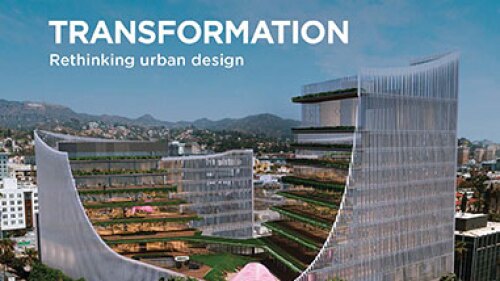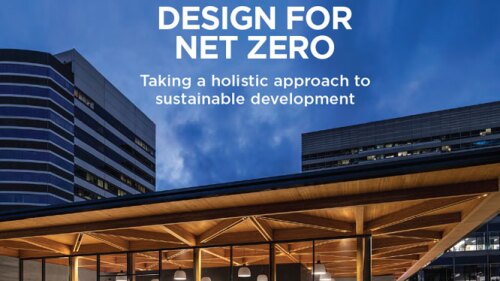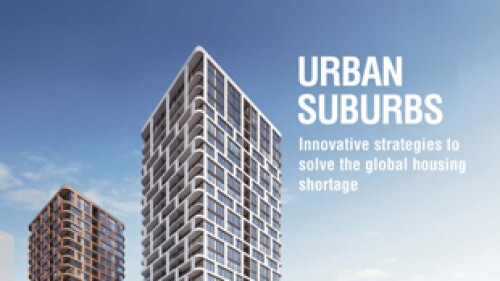 City centers and downtowns throughout the world are under pressure to respond to changing consumer behavior and demands driven by the exponential growth in e-commerce and personal digital technologies; a desire to live and work in flexible spaces within urban, mixed-use environments; and a greater reliance on shared resources, rather than individual ownership.
City centers and downtowns throughout the world are under pressure to respond to changing consumer behavior and demands driven by the exponential growth in e-commerce and personal digital technologies; a desire to live and work in flexible spaces within urban, mixed-use environments; and a greater reliance on shared resources, rather than individual ownership.
Glasgow, Scotland, is an example of a city that is embracing technology advancements. It was the first Scottish city to offer 24/7 outdoor wi-fi, and has developed a Digital Glasgow Roadmap. It is pursuing several initiatives based on cloud computing, telematics, and user-generated data from smartphones to improve the delivery of services, making for a truly connected city.
The city’s efforts to adapt to digital technologies and their revolutionary impact on consumer behavior and real estate business practices are highlighted in a new report from ULI U.K. Produced in partnership with the Glasgow Chamber of Commerce, Tomorrow’s City Centre, examines opportunities for growth in how retailers, employers, and the government harness the power of digital technologies to meet evolving citizen and consumer demands. The report points out that while retailers and employers within Glasgow’s city center must respond to a new and complex set of leisure and work behaviors, it is equally important for investors, owners, and managers of the real estate where those behaviors take place to rethink their long-term strategies.
The report is based on views shared at an October retreat and conference by more than 30 investment, entertainment, retail, technology, and financial professionals with close ties to the city center, including a financial district, the old Merchant City, and a retail/theater district with Buchanan Galleries, and the St. Enoch Centre, the main shopping anchor. The retreat and conference were partially funded by an urban innovation grant, a ULI Foundation program for district and national councils to pursue special projects.
Glasgow’s retail sector—second only to London’s as a prime retail destination in the United Kingdom—is robust but still inconsistent when it comes to developing omnichannel points of entry. Brick-and-mortar shops have had a “patchwork of responses” to e-commerce and consumer behavior that combines digital transactions and physical experiences, says Stuart Patrick, chief executive of the Glasgow Chamber of Commerce, who participated in the retreat.
“The impact of digital commerce on traditional retail and the nighttime economy is becoming more significant,” he says. “Our goal was to better understand the decision making that goes into the variety of complex digital habits occurring on smartphones and tablets” that affects how much physical space retailers require and the best and highest use of that space.
For example, if the trend of “click and collect”—where consumers purchase a product online and then pick it up at a shop—continues, then retailers will need to have larger, but fewer units to house more inventory, Patrick predicts. When a consumer comes to the store, his or her physical presence creates opportunities for further sales and building brand loyalty through in-store, value-added experiences like special events or entertainment.
“Getting that integration between virtual and in-person transactions is an important part of the response,” Patrick says. “Because ‘click and collect’ is quite a complex journey, flagship stores need to show depth and variety.”
Similarly, Glasgow’s office market must also anticipate a growing mobile workforce and a different sector mix in the city center, Patrick adds. Observing an increase in the number of coffee retailers on Glasgow’s high streets, he notes that office developers searching for “traditional blue chip tenants” are struggling since workers are now opting to work remotely from homes or neighborhood “co-offices”—coffee shops outfitted with wi-fi, collaborative workspaces, and easy access to food and beverages.
The report also notes that land use planning, transportation, and zoning regulations should reflect the demand for adaptable, temporary spaces as well as flexibility in uses and leasing arrangements. “Failure of policies to keep pace with changing business models will reduce the ability of the city center to adjust over time to changing needs and demands, leaving buildings vacant and out of use,” according to the report.
“The key issue is flexibility,” says Greg Clark, ULI senior fellow, lead author of the report, and moderator at the retreat and conference. “Will real estate developers adjust their business models, leasehold requirements, and tenure strategies quickly enough? Will public authorities be nimble in adjusting zoning and planning rules so that spaces can change what they offer and what they do? Glasgow is a very innovative city and a leader in urban regeneration over the past 30 years. The issues raised in the report are part of Glasgow’s next challenge.”
Read the full Tomorrow’s City Centre report or watch a video of its highlights.




